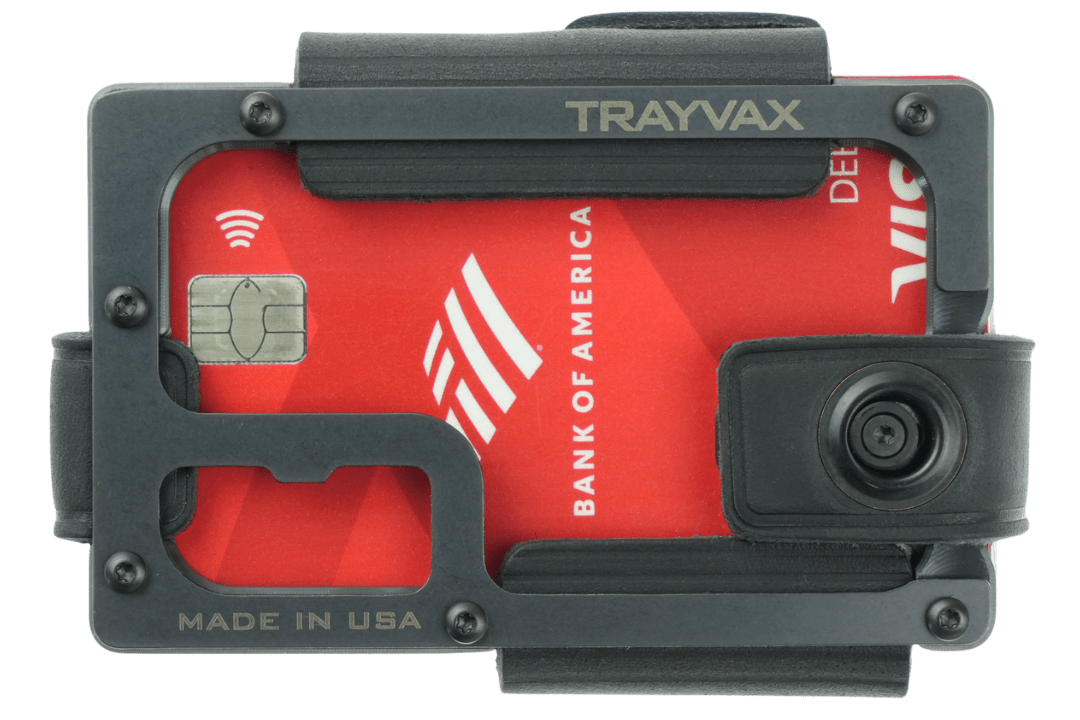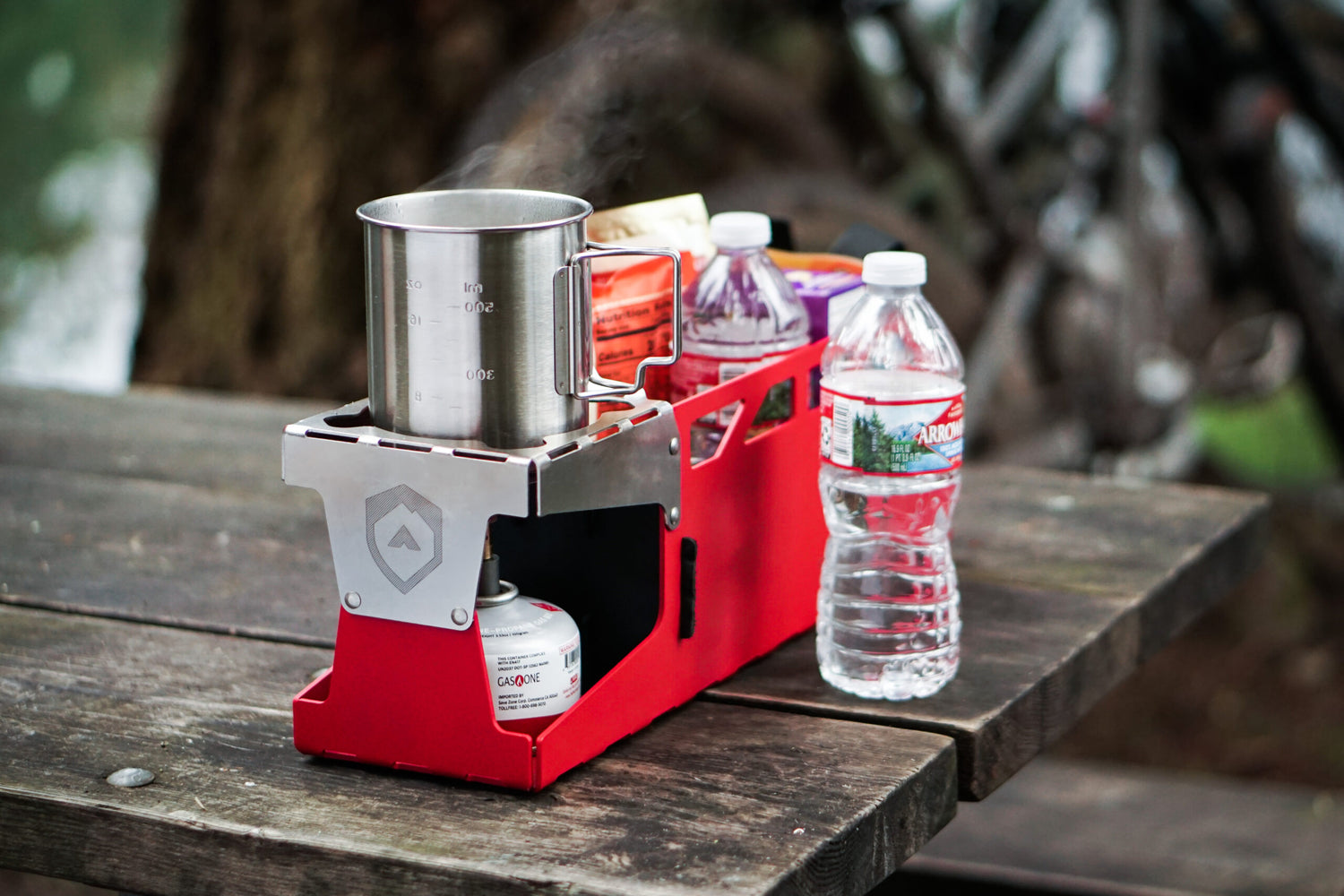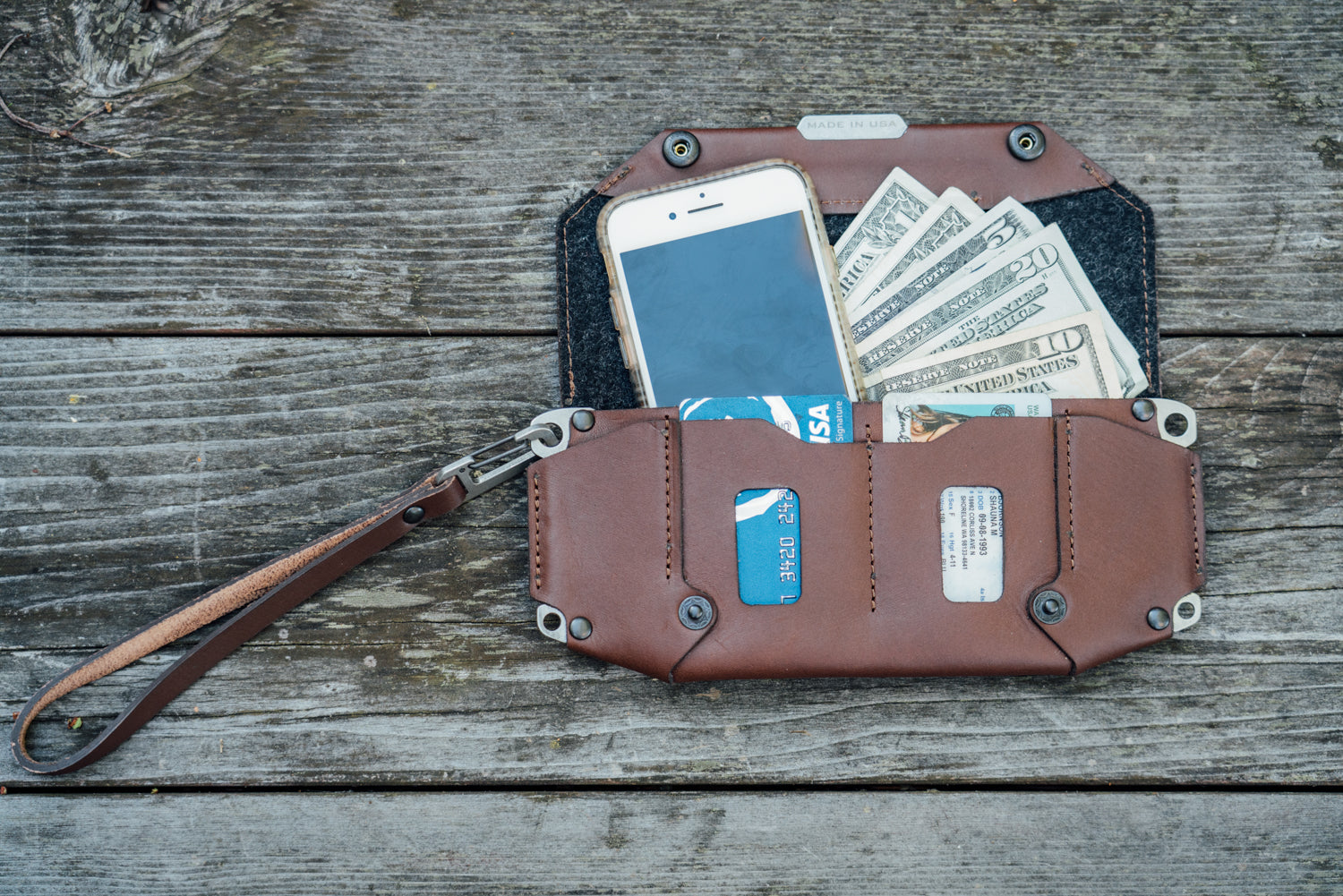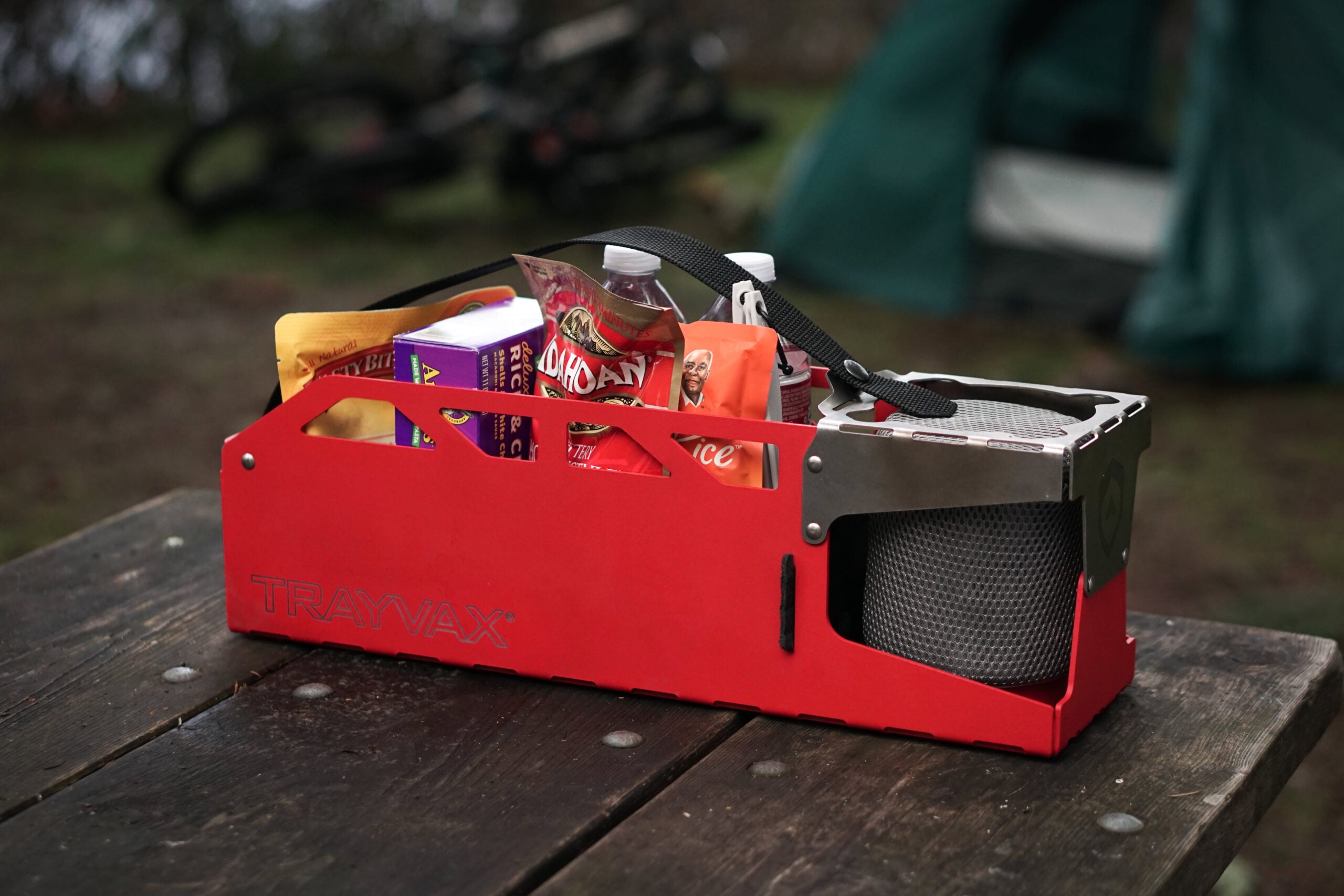Single-use water bottle production is a wasteful process. To produce one bottle, manufacturers need to use insane amounts of fossil fuels to transport the materials. Not only that, but water bottles use millions of gallons of water daily -- in general, you’d need around 5.3 liters to produce one plastic bottle.
In this post, we’ll talk about what you need to know when it comes to disposable plastic bottle production. By the end of it, you’ll be aware of how wasteful it is, and chances are, you’ll want to whip out your metal money clip and order a reusable water bottle stat.
The Plastic Bottle Manufacturing Process
Plastic bottle manufacturers choose from four types of plastics. For bottles that hold potable water, however, they typically use polyethylene terephthalate (PET). Polyethylene terephthalate is a type of polyester product. It is transparent and strong, and is the typical choice for single-use plastic containers. Its main components are ethylene glycol and terephthalic acid which, when combined, create a polymer chain. The chain is then cut into tiny plastic pellets and then shipped to plastic manufacturing companies. As you might’ve guessed, this process involves a significant amount of fossil fuels.
When the PET arrives, it is loaded into “ovens” to melt it. Once melted, the plastic is poured onto molds in order to shape it. Once the plastic is in the shape of a “flat” bottle, it is filled with air to create its final, cylindrical shape. It is worth mentioning that the bottles need to be cooled afterward to solidify the plastic, similar to how a metal money clip has to be cooled in water. This is why the single-use water bottle production process wastes millions of gallons of water.

The Danger of Buying Single-Use Plastic Bottles
We’re all aware that plastics are polluting the world. Unfortunately, we’re still buying plastic water bottles. In fact, Americans buy around 70 billion bottles of water year after year. What’s worse is that, globally, one million plastic bottles are sold a minute. In the United States, about 12% of these bottles are recycled, and the rest are thrown away. They litter the streets or worse -- end up in waterways. As a result of plastic pollution, millions of marine life are affected.
Hence, you should consider buying a reusable water bottle You won’t only save the environment, but you will also get to save thousands of dollars in your lifetime. Your front pocket wallet will thank you.
#1 Single-Use Bottles Contain Chemicals
This is why you shouldn’t reuse single-use water containers. As the plastic degrades, chemicals such as bisphenol A (BPA) can leach into the water. This is especially true if the bottle was exposed to extreme heat. When BPA gets into your bloodstream, it can trigger long-term problems.
#2 Single-Use Bottles Put You at Risk of Drinking Plastics
Another reason to ditch single-use plastics is that it puts you at risk of drinking microplastics. These are fibrous pieces of plastic that are found in bottled water. Although the long-term effects are unclear, it’s still unsettling to be aware of the possibility that plastics may be in our bodies.
#3 Single-Use Bottles are Bad for the Earth
Around 60 million single-use bottles are thrown away in the U.S. each day. That’s around 35 billion bottles a year. There’s no way to sugarcoat it -- single-use plastic bottles are bad for the world. That’s why you should buy a reusable water bottle.

Benefits of Buying a Reusable Water Bottle
We’ve put together a few reasons why you should buy a reusable bottle, and say goodbye to your single-use water bottle for good.
- Reusable bottles are cost-effective. You can save about $14,830 by buying a reusable water bottle. That’ll make your metal money clip happy. With your savings, you might be able to buy yourself that cool metal wallet you’ve always wanted.
- Reusable bottles are customizable. The best part about buying a reusable water bottle is that you can change them up. Add stickers, keychain accessories, and the like.
- Reusable bottles are safe to reuse. They’re easier to clean, so you won’t be at risk of drinking bacteria-filled water.
- Reusable bottles go with your gear. If you’re the outdoorsy type, you can buy a reusable bottle that complements your current gear, such as your tactical wallet or keychain accessories like a carabiner clip.
Conclusion
You don’t need to be a genius to figure out that single-use plastics are dangerous to the earth. By buying a reusable water bottle, you can do your part in lowering your carbon emissions, and in reducing plastic pollution around the world.



























































Leave a comment
All comments are moderated before being published.
This site is protected by hCaptcha and the hCaptcha Privacy Policy and Terms of Service apply.